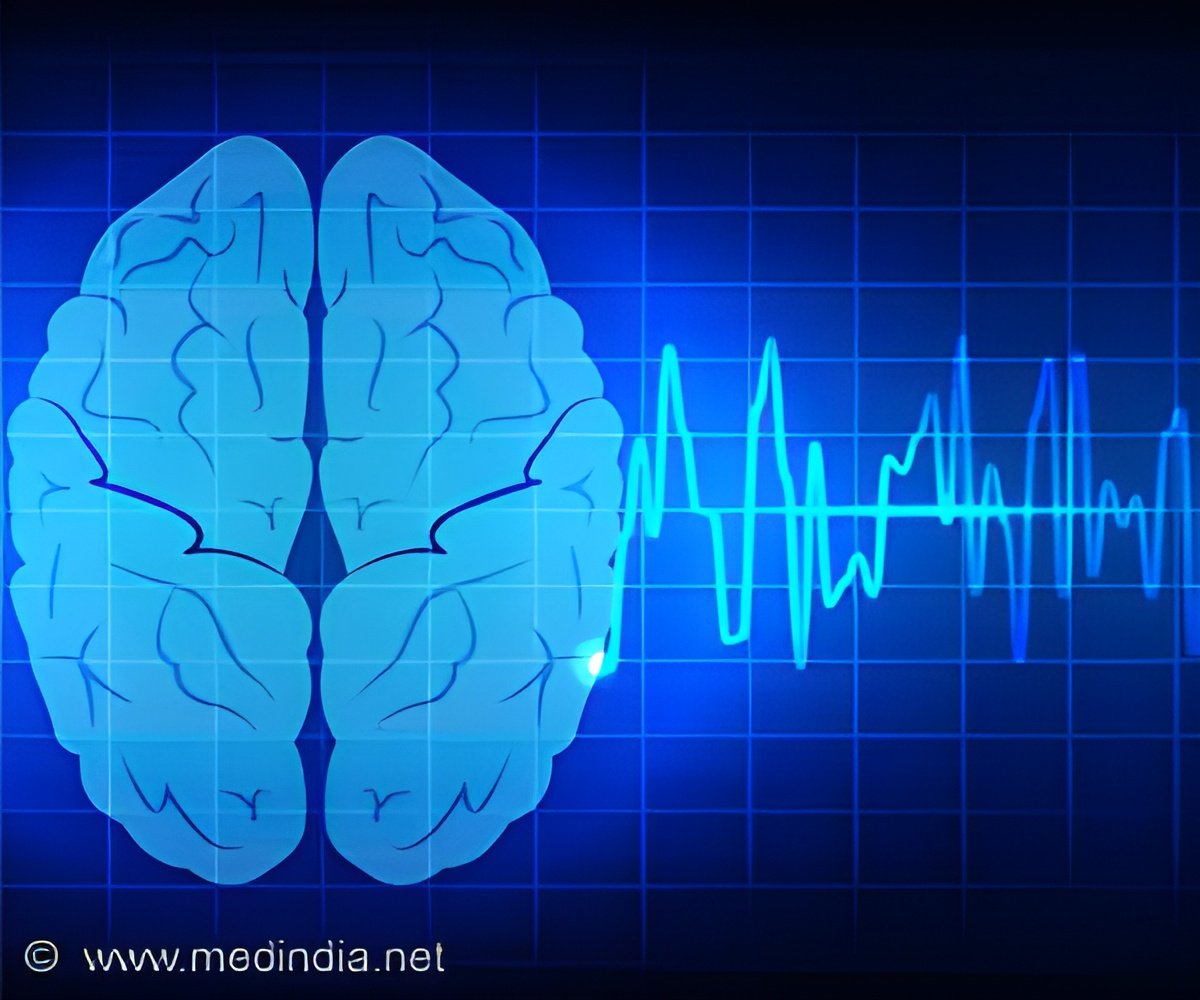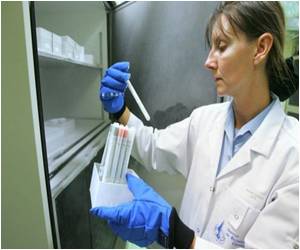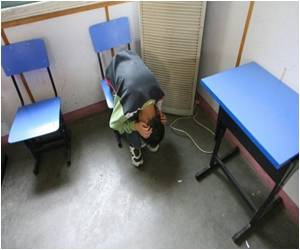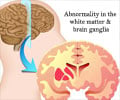To make the kids with Angelman syndrome less prone to seizure, scientists have come up with a new approach using gene therapy.

TOP INSIGHT
By activating a dormant copy of the UBE3A gene, they could reduce seizure susceptibility in the experimental animal. It was found to replace the faulty mutant version.
Angelman syndrome is a genetic disease with no cure. Children grow up with severe intellectual disabilities and a range of other problems, arguably the worst of which are epileptic seizures. Now scientists at the UNC School of Medicine have found evidence that gene therapy may prevent the enhanced seizure susceptibility.
Published in the Journal of Clinical Investigation, the research marks the first time scientists were able to reduce seizure susceptibility in mice by activating a dormant copy of the UBE3A gene so it could replace the faulty mutant version. While replacing the faulty gene in juveniles reduced seizures, replacing the faulty gene in adult mice had no effect.
The UNC scientists also found evidence that the loss of this gene in Angelman syndrome promotes seizures by impairing the normal activity of inhibitory neurons - cells that normally keep brain circuits from being overstimulated.
"These findings should be very useful in the development and testing of therapies for Angelman syndrome," said senior author Benjamin D. Philpot, PhD, Kenan Distinguished Professor in the Department of Cell Biology and Physiology, associate director of the UNC Neuroscience Center, and member of the UNC Autism Research Center.
UBE3A encodes a protein that works in an important cellular waste-disposal and gene-regulating system. Precisely how the absence of this protein in neurons causes, the Angelman syndrome has never been clear. Even so, scientists have been working on candidate therapies to restore UBE3A activity in neurons, thereby preventing or reversing some or all of the features of the disease. Among these features is epilepsy, which afflicts about 90 percent of Angelman syndrome patients, who typically do not respond well to standard anti-seizure medications.
The scientists found that switching on UBE3A failed to prevent or reverse the high susceptibility to seizures in adult Angelman mice. However, switching on the gene when the mice were just three weeks old made them as resistant to seizures as ordinary mice.
"Three weeks of age for a mouse corresponds to early childhood for a human, so this suggests that there may be a window of opportunity in childhood for the prevention of Angelman syndrome epilepsy," said first author Bin Gu, PhD, a postdoctoral researcher in the Philpot Lab who performed most of the key experiments.
Another big question for Angelman syndrome researchers has to do with the neurons affected by the disease. Philpot wondered, to treat the condition successfully, would UBE3A activity need to be restored in all types of neurons or just in some?
Philpot's team removed functional UBE3A from excitatory neurons - which trigger activity in connected neurons - and observed that the resulting mice were unaffected. Then they blocked the gene just in inhibitory neurons, whose activity normally quiets and regulates connected neurons, thereby preventing the neural hyperactivity that can trigger seizures. With UBE3A gone from the inhibitory neurons, the mice became even more susceptible to seizures than if UBE3A were absent from all neurons.
"This result implies that if you want to limit epilepsy in Angelman syndrome, you'll need at least to restore the function of UBE3A in inhibitory neurons," Philpot said.
The researchers gained another clue to the mechanism of Angelman syndrome seizures when they examined the brains of the seizure-prone mice, particularly in an area of the brain known as the hippocampus. They detected an abnormal accumulation of perineuronal nets (PNNs) - structures that surround neurons and block them from making new connections. Abnormal PNN formation has previously been linked to seizures. The scientists found that the abnormal PNN deposition did not occur in the young mice where UBE3A activity had been restored.
"We can now think of these abnormal PNNs as biomarkers for enhanced seizure susceptibility," Philpot said. "We now want to determine if these structures actually cause seizure susceptibility, for example by disrupting the connections that inhibitory neurons normally would make in this brain region."
Philpot and collaborators at UNC, along with other researchers elsewhere, are working on potential Angelman syndrome treatments, including drugs that would activate the previously silenced paternal copy of UBE3A in brain cells.
Source-Eurekalert
 MEDINDIA
MEDINDIA




 Email
Email










